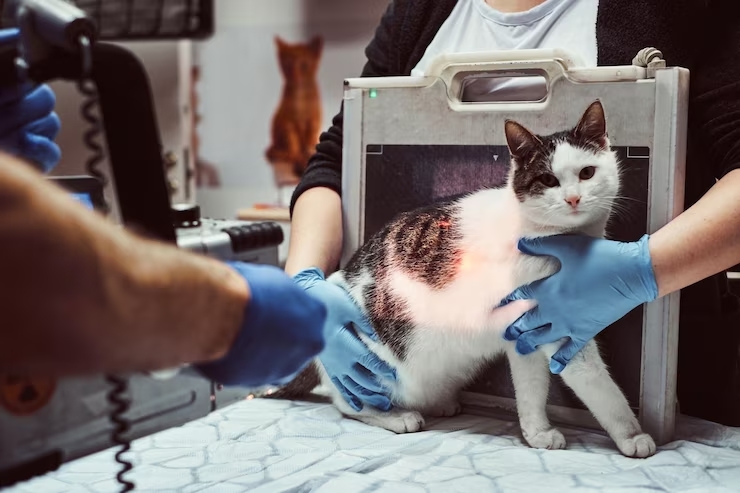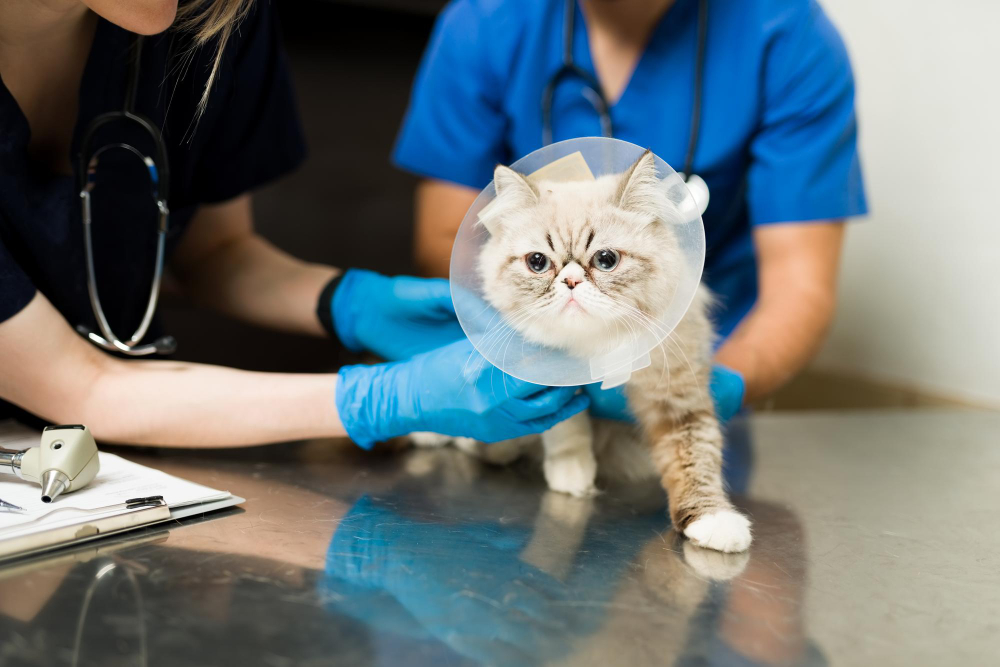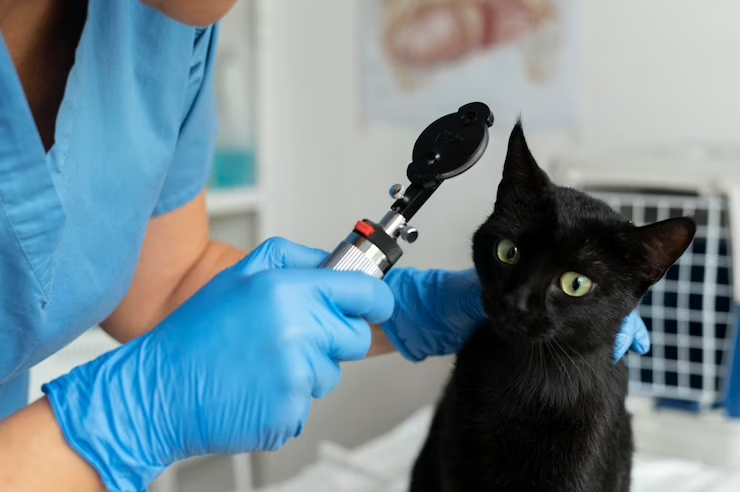Pet Microchipping: Is it safe?
Pet microchipping is a safe and practical way to make sure that your pet will be permanently identified and easily located if they are ever lost or stolen. This simple procedure implies placing a tiny chip, about the size of a grain of rice, beneath the skin between the shoulder blades of your pet.
In recent years, microchipping pets has become a prominent and powerful method of safeguarding them from being lost or stolen. In this article, we will talk you through the pros and cons of microchipping your beloved pet.
Advantages And Disadvantages of Pet Microchipping
Advantages
One major advantage of microchipping your pet is that it provides permanent identification for them. If your pet goes missing, it can be quickly recognized by scanning the chip with a special reader.
This gives pets a greater chance of being returned home safely and more quickly than relying on conventional methods such as tagging or collars, which can easily be removed or lost, especially on smaller breeds of dogs like Cavoodles. Microchips are also difficult to remove, so they provide a better defense against theft than other methods of identification.
Another advantage of microchipping is that it provides assurance that you will not end up paying large fees to reclaim them from animal shelters or pounds. Furthermore, if you are ever separated from your pet due to a crisis such as an evacuation due to natural disaster, the chip will help authorities reunite you with them faster than if they were not chipped.
Microchipping can help lessen the number of unwanted animals in shelters by ensuring that more pets are reunited with their owners should they become stolen or go astray. This prevents animals from being euthanized in order to make room for new arrivals at shelters and pounds.
Additionally, this helps bring down the costs associated with caring for unwelcome animals while they await adoption, which benefits both local governments and taxpayers alike.
Disadvantages
One disadvantage of microchipping is that it is an invasive procedure that can cause pain and discomfort to the pet. The chip itself is injected into the animal’s shoulder area with a needle, and while it is not painful during the injection, it can cause soreness afterward. There is also a risk of infection at the injection site if proper care is not taken after the procedure.
Another disadvantage is the financial costs associated with microchipping your pet. The chip itself usually costs around $50-75, but that does not include any additional fees for registration or maintenance.
Although you may save money by registering your pet yourself online or via mail instead of going to a veterinarian’s office, you still need to pay for renewals every few years to make sure that your pet’s information stays up-to-date on their database. Also, if you move or change contact information, you will need to update this information in order for your pet’s microchip information to remain valid and traceable.
Another downside of microchips is that though they are designed to help reunite lost pets with their owners quickly and smoothly, there is no certainty that it will work properly all of the time. The chips use radio frequency identification technology, which means they rely on external scanners in order for them to be read correctly.
Overall, it is safe to say that microchipping is still a very promising technology and the advantages outweigh the risks. So if you are considering using it for your pet, just remember the advantages and disadvantages we just shared with you!



















